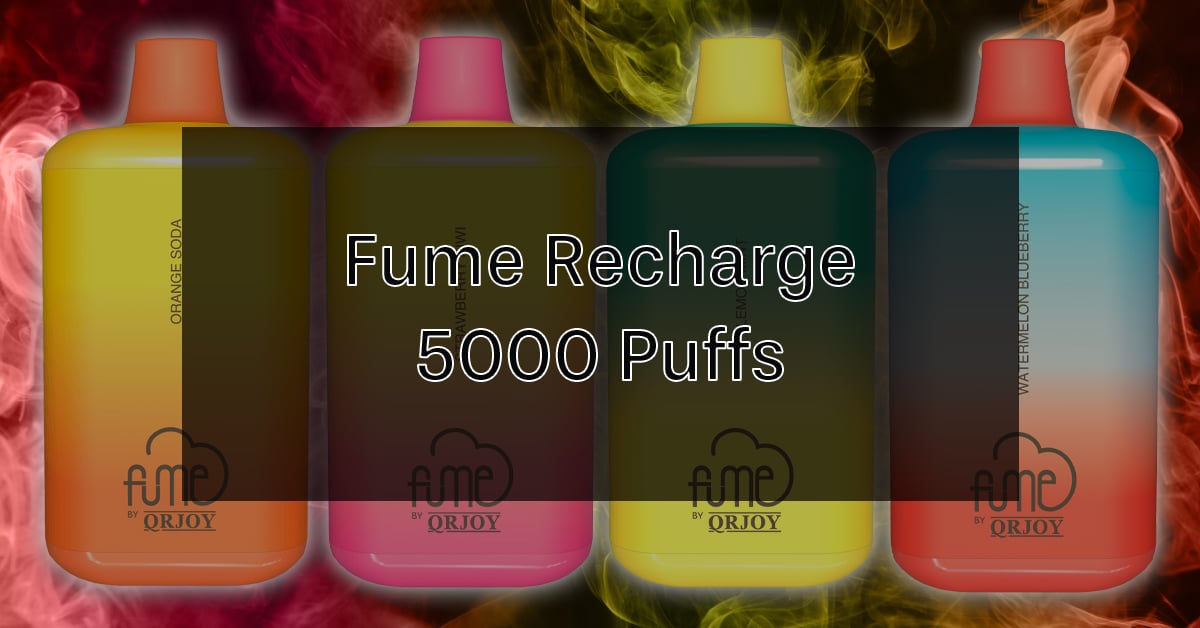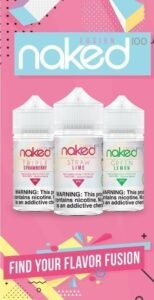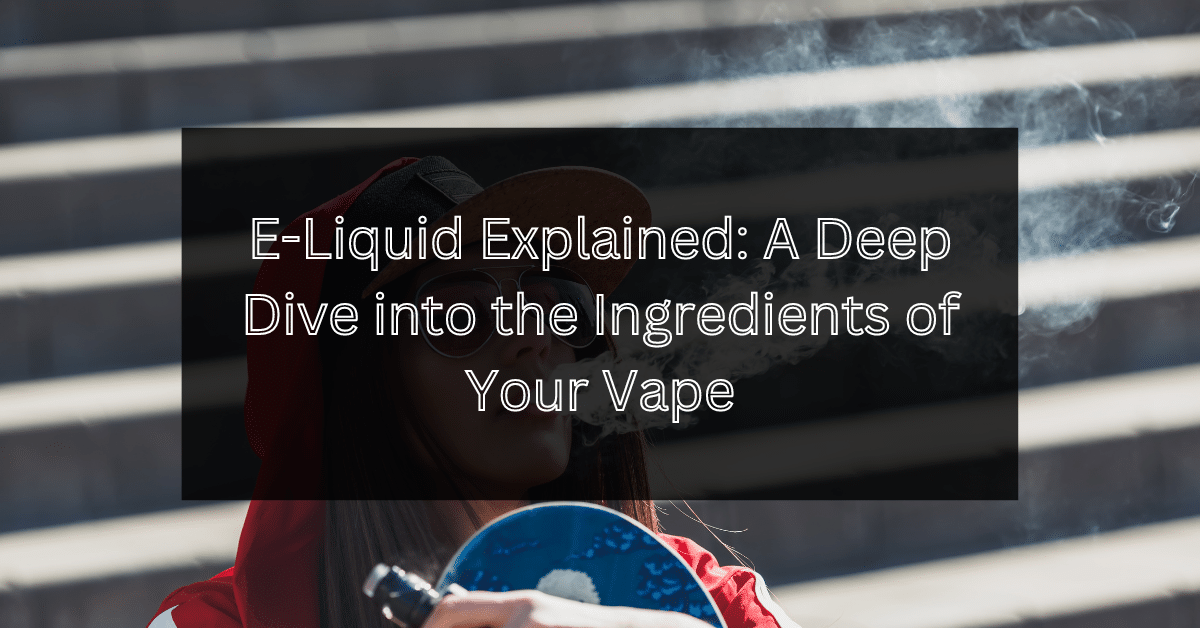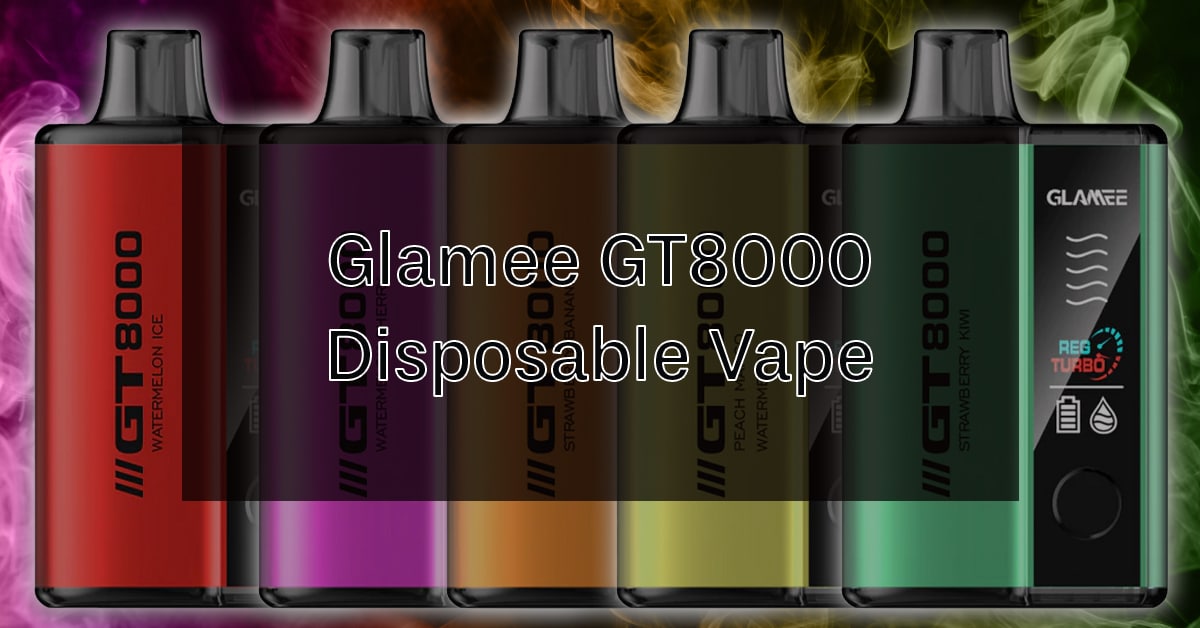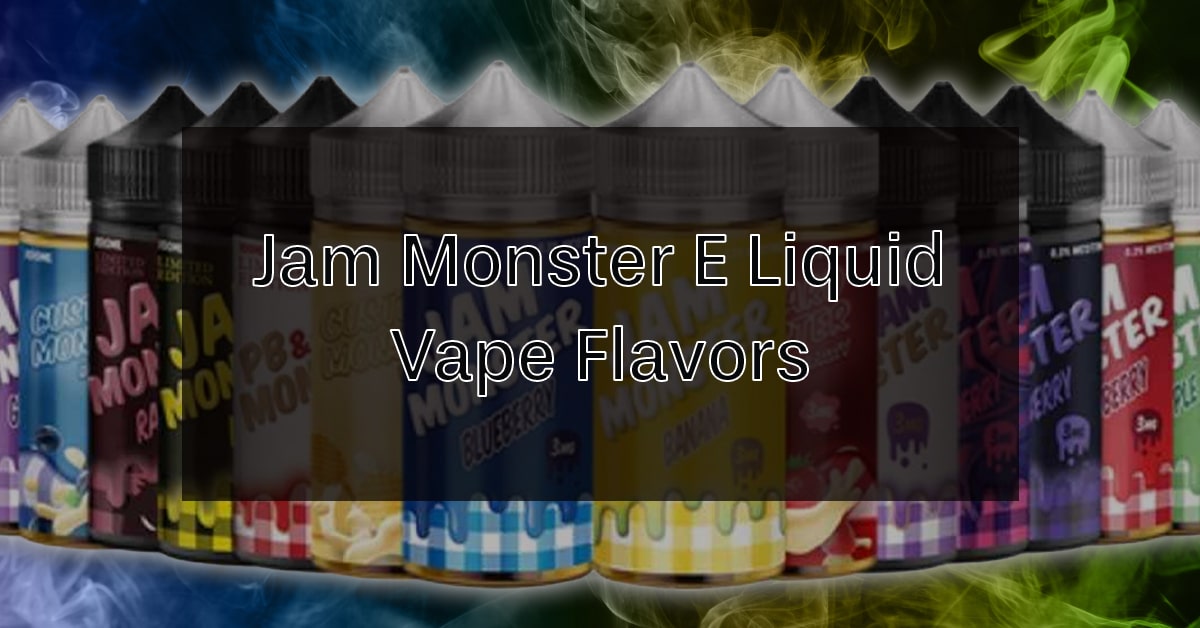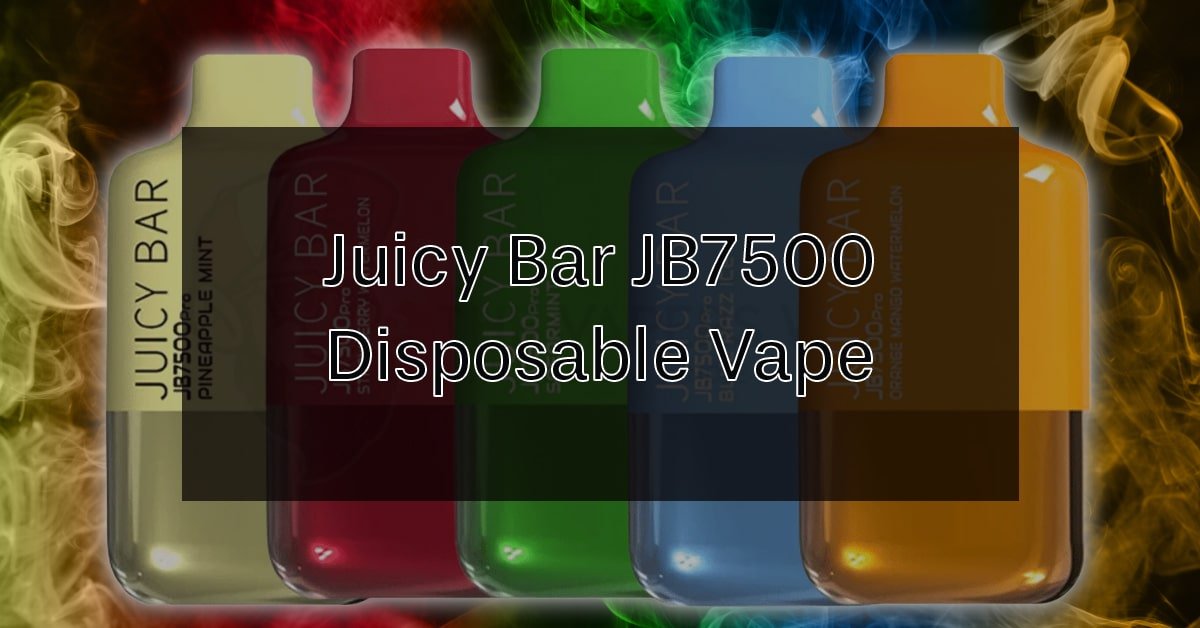As vaping continues to gain popularity around the globe, understanding the composition of the e-liquid used becomes paramount. Vapes, especially those who are new to the world of vaping, often wonder what’s exactly in their vape juice. The Vapers World Vapes offers leading vaping device, offers an exemplary vaping experience, making the quality and content of its e-liquid even more crucial. This article dives into the ingredients that make up the e-liquid you use, shedding light on the importance of each component.
The Base: Propylene Glycol (PG) and Vegetable Glycerin (VG)
At the core of any e-liquid is its base, which is typically a combination of Propylene Glycol (PG) and Vegetable Glycerin (VG). These ingredients form the foundation upon which all other ingredients build.
- Propylene Glycol (PG): PG is a synthetic organic compound that is odorless, colorless, and has a faintly sweet taste. It’s known for providing a “throat hit” sensation, which many vapers appreciate, especially those transitioning from traditional cigarettes. It also acts as a carrier for the flavorings.
- Vegetable Glycerin (VG): VG is a natural compound derived from vegetable oils. It’s thicker than PG and is responsible for the dense clouds of vapor that many vapers love. VG has a slightly sweet taste and is often used in higher concentrations in “sub-ohm” vaping setups.
Eliquid Explained: The Science Behind Vapor Production
At the heart of the vaping experience lies the process of vaporization. But what exactly happens when the e-liquid inside your device transforms from a liquid to a vapor? Simple vapes, among other advanced vaping devices, use a mechanism powered by a coil that heats the e-liquid causing it to vaporize. When the user takes a drag, this vapor is inhaled, delivering both flavor and, if present, nicotine. The base ingredients, PG and VG, play pivotal roles here. PG is thinner and carries the flavor, providing a pronounced throat hit. In contrast, VG, being thicker, produces the dense clouds that many vapers enjoy. The ratio of these components in an e-liquid determines the balance between flavor intensity and vapor density. Thus, understanding the e-liquid’s composition is crucial to tailor the vaping experience to individual preferences.
Eliquid Flavors: The Art of Blending Flavors
Vaping is as much an art as it is science, especially when it comes to flavor profiles. Every bottle of e-liquid is a crafted blend of various flavorings, meticulously balanced to achieve the desired taste. While Similar devices deliver the vapor, it’s the e-liquid that provides the sensory experience. From fruity concoctions reminiscent of tropical paradises to rich, creamy desserts that tantalize the taste buds, the possibilities are endless. Experienced mixologists in the vaping industry often spend months, if not years, perfecting a single-flavor blend. This dedication to flavor intricacy ensures that vapers have a vast palette to choose from, allowing them to embark on a sensory journey with every puff. As the vaping community grows, so does the pursuit of the next iconic flavor, making the art of e-liquid blending an ever-evolving landscape.
Flavorings: Crafting the Perfect Vape Experience
What would vaping be without the vast array of flavors available? Vapes are known for their versatility and can handle a wide range of flavor profiles, making the choice of flavorings in an e-liquid crucial.
- Food-grade flavorings: These are the same flavorings used in many food products. They are safe to ingest, but it’s essential to note that not all food flavorings are suitable for inhalation. Manufacturers typically use a select range of flavorings tested and deemed safe for vaping.
- Natural vs. Artificial Flavorings: Some e-liquids boast natural flavorings extracted from real food items, while others use artificial flavorings to achieve more complex or unique taste profiles.
Nicotine: Optional but Significant
Nicotine is a natural compound found in tobacco plants but is optional in e-liquid. Its presence or absence can significantly alter the vaping experience, making it a vital ingredient to understand.
- Strength Variations: Eliquids come in various nicotine strengths, from nicotine-free versions to high-concentration options. This allows vapers to choose a strength that matches their preferences or helps them gradually reduce their nicotine intake.
- Nicotine Salts vs. Freebase Nicotine: Traditional e-liquid used freebase nicotine, but there’s a growing trend towards using nicotine salts. Nicotine salts provide a smoother throat hit and can deliver higher nicotine concentrations without the harshness.
Additives and Enhancers
Apart from the primary ingredients, some e-liquid contain additives and enhancers to improve the vaping experience.
- Sweeteners: Some e-liquids have added sweeteners to enhance the flavor profile. These can range from natural sugars to artificial sweeteners.
- Cooling Agents: Ingredients like menthol or koolada can be added to give e-liquid a cooling effect, mimicking flavors like mint or providing a cold sensation on inhale.
- Throat Hit Enhancers: Some vapers crave a stronger throat hit, similar to what cigarettes offer. Certain additives can amplify this sensation.
Conclusion: Understanding Your Vape’s Composition
The world of vaping, with TheVapersWorld leading the charge, is as intricate as it is fascinating. Knowing the ingredients in your e-liquid empowers you to make informed decisions, ensuring a satisfying and safe vaping experience. As the vaping industry evolves, so does the complexity and variety of e-liquid. Understanding the components equips you better to navigate this world and find the perfect blend that matches your tastes and needs.
